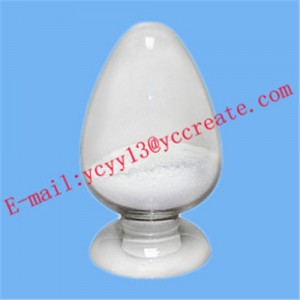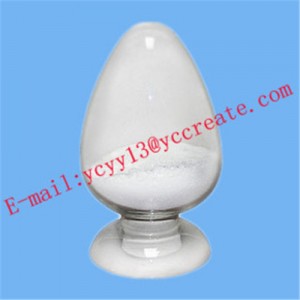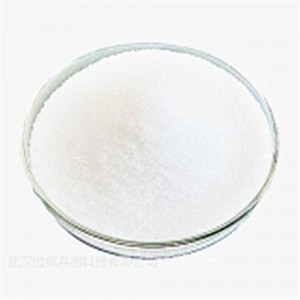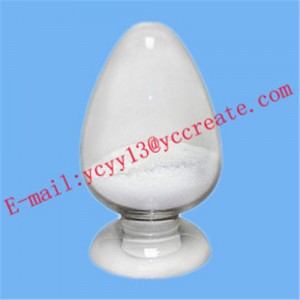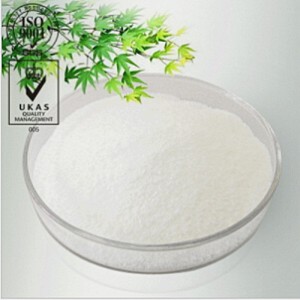Pharmaceutical Raw Powder 5-Aminolevulinic Acid Hydrochloride CAS 5451-09-2
Basic Info.
Name:5-Aminolevulinic Acid HCl
Specification: 99-101% HPLC
CAS No.: 5451-09-2
Appearance: Off-white powder
Package:1kg/foil bag or as your inquiry
Package: 1Kg/bag, or at customer's requirements
Storage: Store in a cool, dry place and keep away from direct strong light.
Shelf Life: 2 years.
Reference FOB Price:$1/g
MOQ:10g
Specification:ISO9001,USP,BP,GMP
Trade Mark:CQSP
Port:Shenzhen/Shanghai,China
Production Capacity:5000kg/month
Shelf life:2 years
More details pls contact:Whatapp:86 13048470428
Skype/E-mail : summer at chembj.com
Product Categories:
Active Pharmaceutical Ingredients;Fluorobenzene;Fatty & Aliphatic Acids, Esters, Alcohols & Derivatives;Aliphatics;Carboxylic Acids;Organic acids;Miscellaneous;Porphyrins;Precursers;Plant Growth Trgulators (Others);Biochemistry;Plant Growth Regulators;Dextrins,Sugar & Carbohydrates;Carboxylic Acids;Non-natural amino acids;Amino Acids & Derivatives;Intermediates & Fine Chemicals;Pharmaceuticals;LEVULAN;Inhibitors
Function:
5-Aminolevulinic acid hydrochloride Used in cosmetic, PDT and fertilizer
5-Aminolevulinic acid hydrochloride
The metabolism of aminolevulinic acid (ALA) is the first step in the biochemical pathway resulting in heme synthesis. Aminolevulinic acid is not a photosensitizer, but rather a metabolic precursor of protoporphyrin IX (PpIX), which is a photosensitizer. The synthesis of ALA is normally tightly controlled by feedback inhibition of the enzyme, ALA synthetase, presumably by intracellular heme levels. ALA, when provided to the cell, bypasses this control point and results in the accumulation of PpIX, which is converted into heme by ferrochelatase through the addition of iron to the PpIX nucleus.
According to the presumed mechanism of action, photosensitization following application of aminolevulinic acid (ALA) topical solution occurs through the metabolic conversion of ALA to protoporphyrin IX (PpIX), which accumulates in the skin to which aminolevulinic acid has been applied. When exposed to light of appropriate wavelength and energy, the accumulated PpIX produces a photodynamic reaction, a cytotoxic process dependent upon the simultaneous presence of light and oxygen. The absorption of light results in an excited state of the porphyrin molecule, and subsequent spin transfer from PpIX to molecular oxygen generates singlet oxygen, which can further react to form superoxide and hydroxyl radicals. Photosensitization of actinic (solar) keratosis lesions using aminolevulinic acid, plus illumination with the BLU-UTM Blue Light Photodynamic Therapy Illuminator (BLU-U), is the basis for aminolevulinic acid photodynamic therapy (PDT)
5-Aminolevulinic acid hydrochloride Chemical Properties
mp ~150 °C (dec.)
storage temp. 2-8°C
Fp 155-157°C
solubility H2O: 50 mg/mL
Sensitive Hygroscopic
Decomposition 155-157 ºC
Merck 14,446
BRN 3690651
CAS DataBase Reference 5451-09-2(CAS DataBase Reference)
Safety Information
Hazard Codes
Risk Statements 36/37/38-66-20/21/22-36/38
Safety Statements 26-36/37-37/39-36
WGK Germany 3
RTECS OI1640000
Hazard Note Irritant
Usage
Naturally occurring amino acid; precursor of tetrapyrroles in the biosynthesis of chlorophyll and heme. Antineoplastic (photosensitizer).
 English
English Español
Español Русский
Русский עברית
עברית Français
Français











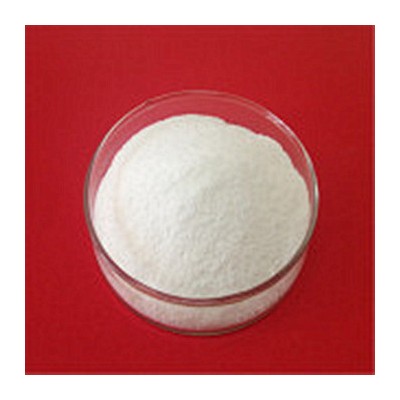


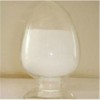
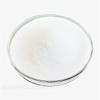



 Product quality protection
Product quality protection 